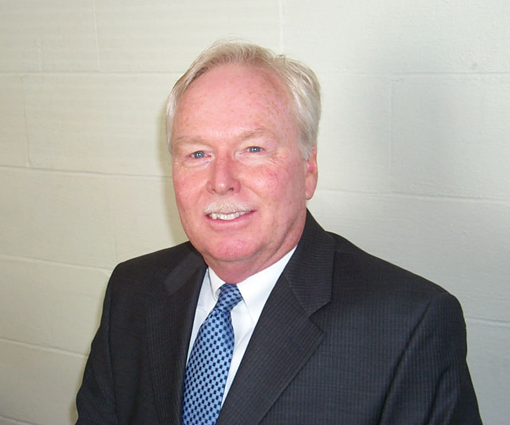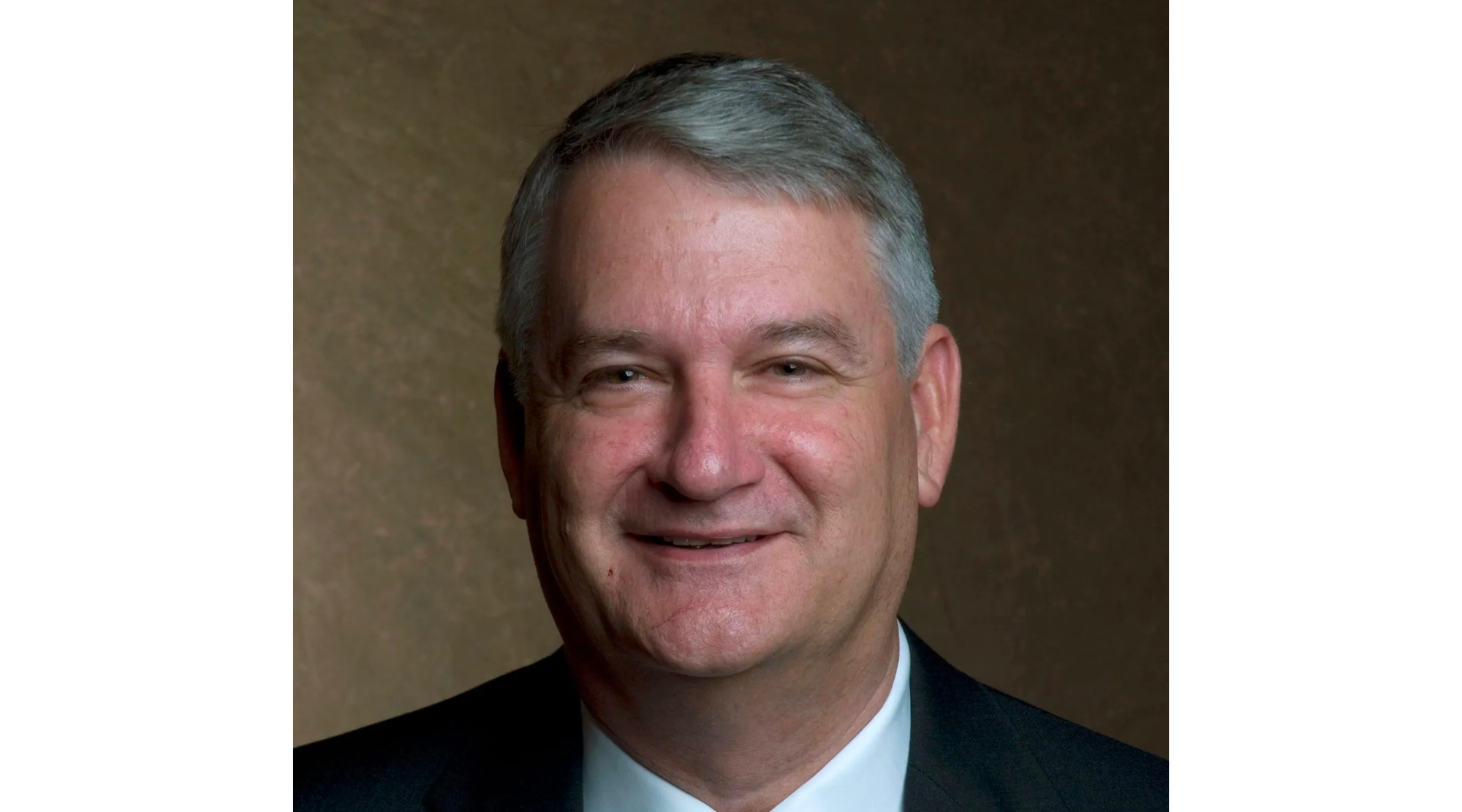Taking care of our youth
Published 4:20 pm Tuesday, June 12, 2018
I was privileged on Friday to be able to tour the Migrant Summer School Program for 2018, and I must say I came away with a whole new understanding and appreciation for the program.
I am amazed at what is being taught there to the children ranging in age from 3 to 8th grade. As I observed the classes the children were all attentive and polite. I also saw them walking in lines through the halls from their classrooms to the lunchrooms or out to the playground. The tiniest were kept together by holding on to a long safety line. They were quiet, but smiled at me as they went by.
I saw students learning how to navigate on a computer, as well as older students reading aloud in English class from a novel.
Meanwhile, Ms. Rambo’s science class for first and second grade students was just returning to the building after being outside with sheets of aluminum foil and white paper. They were learning about the reflection of light and how to use that energy to make solar ovens—in first and second grade for heaven’s sake! I don’t ever remember learning about that. Those students will remember that lesson forever.
I also learned from the program director, Kathy Varner, that the scene is changing in the number of migrant students they are seeing in the summer. Some of it may be due to the political climate, but more likely it is because large farm operations are contracting with corporations who are supplying legal work permitted workers, many of whom are not bringing their families.
I had to wonder how much curriculum continuity there is with other programs as these students travel across the state and countryside following the crops. How closely does what they learn here prepare them for the next stop? Mrs. Varner advised me that thanks to a curriculum consistency program it is possible to track students as they travel state to state, defining the grade level each has achieved in each subject. Then they can work on any deficits. Amazing!
A number of the instructors and volunteers seem to have themselves once been members of a migrant family who eventually decided to put down roots here. Being bilingual, they are an amazing asset to the program. They have been there and done that.
The migrant workers are so necessary to our agriculture, and it makes me feel pride that so much attention is being given locally to help them succeed in life.





